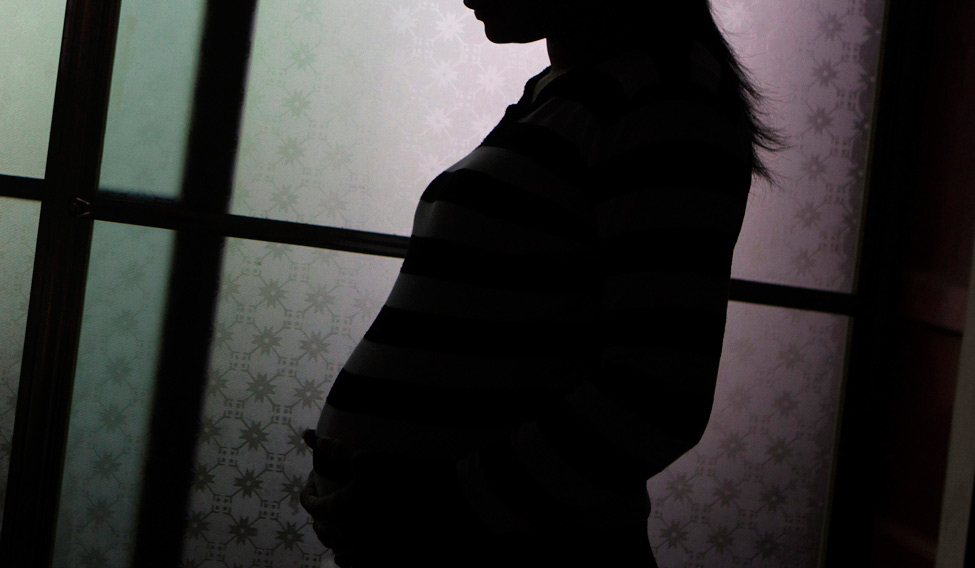An estimated 15.6 million abortions occurred in India in 2015, according to a first-of-its-kind study on the incidence of abortion and unintended pregnancies in India, published in the Lancet Global Health journal on Tuesday. This number is in sharp contrast to the government's estimates of around .7 million abortions.
The study, done in six states in the country, has been conducted by the International Institute of Population Sciences in Mumbai, Population Council in Delhi and the New York-based Guttmacher Institute. Almost half of the 48.1 million pregnancies that year were unintended, and two-thirds among these unintended pregnancies ended in abortion, says the study.
The big number of abortions though, say experts, is not the cause of worry. India's abortion rate of 47 per 1,000 is, in fact, comparable to that of neighbouring countries—such as Bangladesh and Nepal— with similar population characteristics. What is worrying is that most women are going to the private sector, instead of government facilities. “Only 5 per cent of abortions in India occur in public health facilities, which are a key source of healthcare for poor and rural women,” said the authors of the study.
“Our findings show that many primary health centres and even community health centres do not provide abortion services because of lack of trained staff and equipment (major reason cited by providers). We need to train more providers, fix our supply of equipments and drugs, and inform women about the availability of these services,” says Dr Rajib Acharya of the Population Council, and coauthor of the study.
Most women (about four in five) were using medical methods of abortion—instead of untrained providers such as quacks—and accessing them outside of a health facility, primarily from a chemist. “Almost three in four abortions (73%) are obtained independently by purchasing medical methods of abortion from a chemist or informal vendor. Five per cent women are accessing abortion using various methods that are often dangerous,” says the study. “Though this research doesn't tell us how many medical abortion kits are bought with prescription, other available research shows that most abortion kits are bought without prescription,” says Acharya.
The abortion statistics from the new study underscore the need for improving access to safe abortion services, and have major policy implications, say experts. While abortion has been legal in the country since 1971—under specific criteria—activists and experts have been rooting for amendments to the existing law, specifically to increase access to medical abortion methods, which have been proven safe.
The union ministry of health and family welfare has been looking into a set of amendments to the Medical Termination of Pregnancy Act, 1971, that hold the potential to help more women access safe abortion services. Though the ministry has decided to go ahead with most changes, a key proposal that would have allowed more trained professionals to perform medical abortions (during the early first trimester) has been turned down due to concerns over sex selection, a ministry official confirmed to THE WEEK.
“In 2003, amendments to the MTP Act allowed trained doctors outside of the registered facilities to prescribe medical abortion. However, there are not that many trained doctors, especially in PHCs and CHCs, as confirmed by the study. The government needs to expand the provider base by allowing mid-level providers to perform abortions, after they are trained to do so,” says Dr Nozer Sheriar, Mumbai-based obstetrician and former secretary general of Federation of Obstetric and Gynecological Societies of India (FOGSI).
Sheriar's view finds resonance in the study as well, as the authors propose expanding the number of approved abortion providers by permitting and training nurses, auxiliary nurse midwives and AYUSH doctors to provide medical methods of abortion, aside of training more doctors.
The authors of the study also say that more women should be provided access to contraception, so that unintended pregnancies can be brought down.





